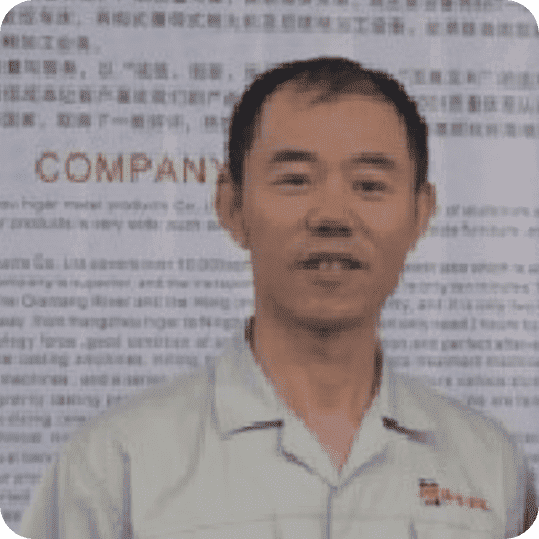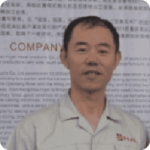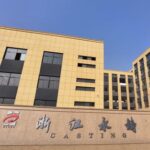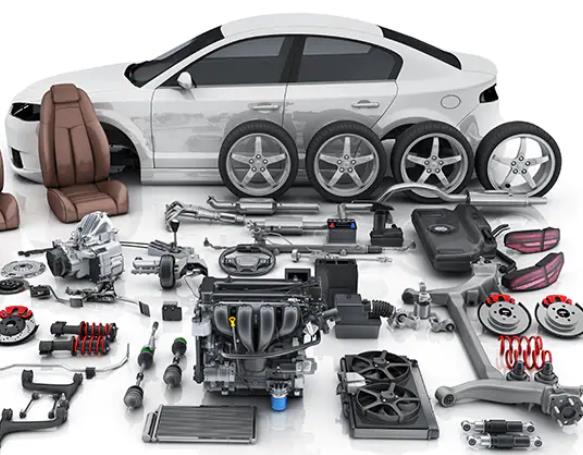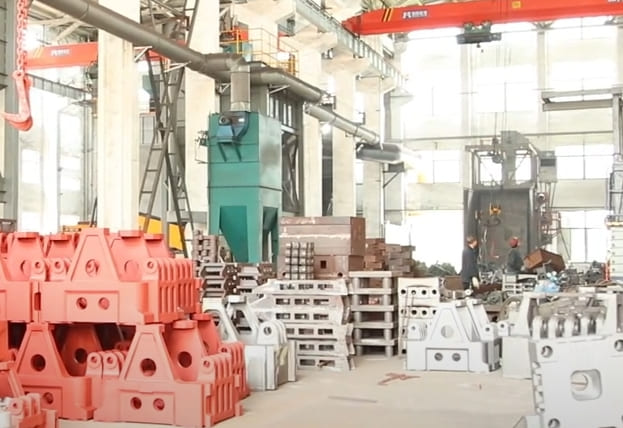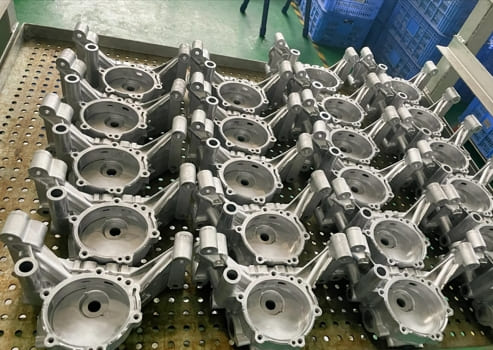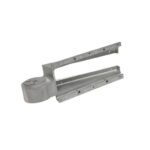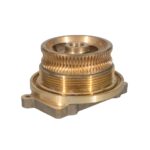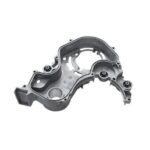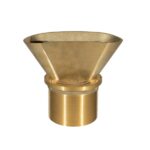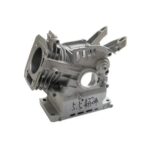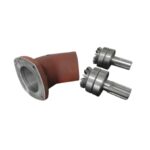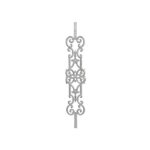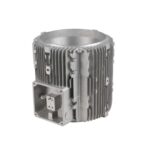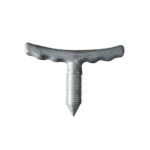Top 10 Seaside Vacation Destinations in the World
Coastal resorts—from the shores of Bali to the beaches of Mallorca—draw millions of guests each year. To put these numbers in perspective, here are ten of the world’s most famous seaside destinations and their 2023 visitor counts:
- Bali, Indonesia: 15.14 million total visitors
- Phuket, Thailand: 11.30 million total visitors (~8.38 M international + 2.92 M domestic)
- Cancún, Mexico: 21 million total tourists
- Miami Beach, USA: 13.3 million annual visitors
- Gold Coast, Australia: ~10 million total visitors
- Barcelona, Spain: 15.6 million city visitors
- Nice, France: 5 million annual visitors
- Honolulu (Oahu), USA: 5.6 million visitors
- Dubai, UAE: 17.15 million international arrivals
- Mallorca, Spain: 17.85 million total arrivals
With such volume of guests—and the corrosive mix of salt spray, humidity, sand, and strong UV—selecting the right outdoor fixtures is critical. Aluminum die-cast housings, with their protective oxide layer and marine-grade alloys, offer unmatched durability and performance in beachfront settings.
How to Assess Your Resort Space and Light Intensity?
Begin by mapping each functional zone—boardwalks, pool decks, dining terraces—and calculating its area in square feet. Then match brightness levels to activity types:
- Guest Walkways: 1–2 fc (10–20 lux) → ~100–200 lumens per fixture
- Pool/Deck Areas: 5–15 fc (50–150 lux) → ~500–1,500 lumens per fixture
- Dining Terraces: 10–20 fc (100–200 lux) → ~1,000–2,000 lumens per fixture
- Accent Features: 0.5–2 fc (5–20 lux) → ~50–200 lumens per fixture
Fixtures spaced every 8–12 ft on walkways and grouped in clusters of three to four in larger areas ensure uniform illumination and guest safety.
How to Calculate Coverage Zones?
For linear paths (walkways), place lights at even intervals—typically one every 8–12 ft. For open spaces (pool decks, plazas), divide the area into 150–200 ft² zones and install clusters of 3–4 fixtures per zone to achieve consistent ambient light. Accent uplights should be positioned 3–5 ft from focal points to create dramatic effects without overpowering adjacent areas.
What Are the Typical Coastal Humidity, Salt Spray Levels, and Wind-Driven Debris?
Coastal resorts often endure 70–90% relative humidity, peaking around 85–95% at dawn. Salt spray can deposit 10–20 µg/cm² of chloride daily, rapidly corroding unprotected metals. Winds of 20–30 mph carry sand grains and organic debris that abrade surfaces and lenses—necessitating impact-resistant housings and robust seals.
How Is UV Exposure Measured and What Defines “Intense” UV?
The UV Index categorizes exposure from 0–2 (low) up to 11+ (extreme). Beach destinations commonly record UV Index values of 8–11 in summer, equating to UVB irradiances of ~0.5–1.0 W/m². Fixtures require UV-stable finishes (anodizing or powder coat) and polycarbonate lenses to resist chalking, fading, and embrittlement.
How Do Temperature Fluctuations Affect Coastal Fixtures?
Daily temperature swings of 10–15 °C (18–27 °F)—from 25–35 °C (77–95 °F) by day to 15–25 °C (59–77 °F) at night—stress materials and seals. Aluminum die-cast bodies with precision-molded gaskets accommodate expansion and contraction without cracking or moisture ingress.
Why Is Aluminum Die-Cast the Preferred Material, and How Does Its Oxide Layer Protect It?
Aluminum forms a naturally adherent oxide layer (Al₂O₃) upon air exposure. This barrier resists moisture and chlorides. Die-casting produces dense, low-porosity housings, ensuring the oxide layer fully encapsulates the metal. Compared to painted steel or plastic, aluminum die-cast provides superior corrosion resistance, impact strength, and heat dissipation—ideal for coastal environments.
What Qualifies as Marine-Grade Aluminum?
Marine-grade alloys, such as 5052 or 5083 (5xxx series) and 6061-T6 (6xxx series), combine high corrosion resistance—thanks to elevated magnesium content—with tensile strengths of ~280–310 MPa. These alloys maintain structural integrity and finish under continuous salt-water exposure, UV radiation, and thermal cycling.
How to Choose the Right Fixture Features?
- IP Ratings & Seals: Specify IP66 minimum for spray resistance; IP67–68 for poolside or submersion. Use silicone gaskets and O-rings for long-term watertightness.
- Finishes & Lenses: Opt for anodized or powder-coated aluminum and impact-resistant polycarbonate lenses with anti-fog coatings.
- LED & Controls: Select marine-rated LEDs (100–120 lm/W, 50,000 hr life), dusk-to-dawn sensors tuned to coastal twilight, and remote-monitoring modules to detect seal failures early.
- Installation: Mount fixtures 8–12 ft high to minimize salt buildup, conceal fasteners to reduce corrosion points, and design for easy maintenance access.
How to Maintain Coastal Lighting for Longevity?
Implement a monthly freshwater rinse to remove salt deposits, conduct annual seal inspections (gaskets, O-rings, finishes), and maintain a spare-parts kit of gaskets and LED modules for rapid repairs.
Coastal resorts demand lighting that balances aesthetics with rugged durability. By choosing marine-grade, UV-stable, die-cast aluminum fixtures with high IP ratings and efficient LED systems, you’ll deliver reliable, beautiful illumination that stands up to salt, humidity, wind, and sun—ensuring guest satisfaction year-round.
If you’re a lighting manufacturer or wholesaler seeking turnkey aluminum accessory solutions for beachfront projects, visit www.casting-yz.com or email yongzhucasting@gmail.com to start the conversation.

